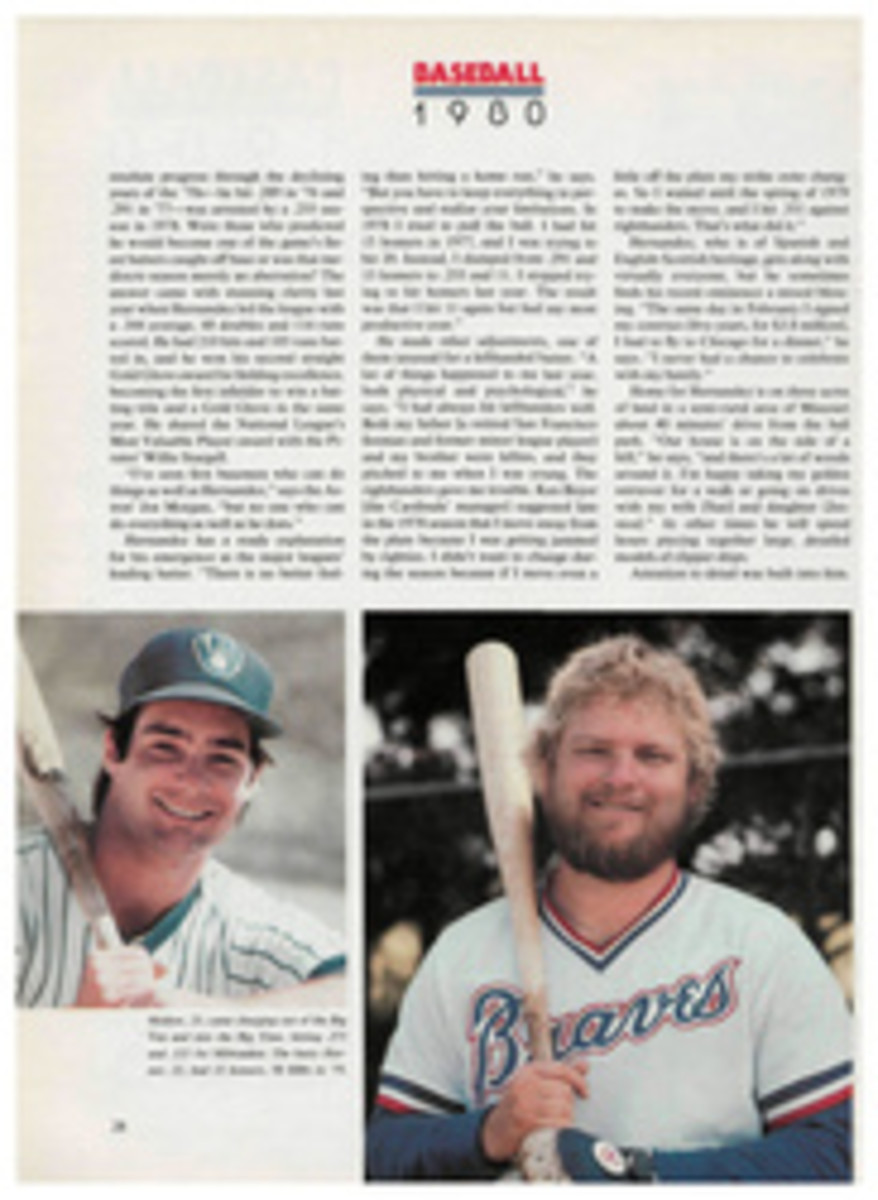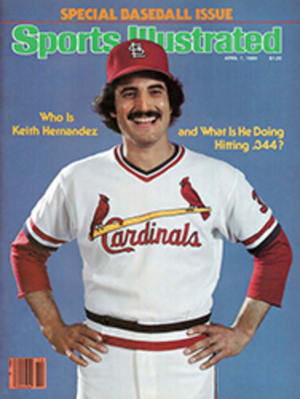
IN THE BLACK-AND-WHITE WORLD OF GUN CONTROL, HERE'S REASONED GRAY
A gun is a very simple object—a metal tube from which projectiles are discharged, usually by the explosion of powder. And the purpose for which most guns are designed is simpler yet: to kill.
I live in "gun country"—the Pacific Northwest—and, like most people, I'm familiar with the usual arguments concerning the issue of gun control. Those in favor of some sort of control cite statistics that prove guns are involved in hundreds of thousands of crimes committed each year; that a majority of each year's 20,000 murder victims are killed by guns, and that thousands more die from accidental gunshot wounds.
Those against control rely on their own statistics, which, they say, prove that guns and crime barely relate; on the Second Amendment to the Constitution, and on bumper stickers, which are usually displayed on pickup trucks with deer rifles or shotguns in racks against the rear windows:
GUNS DON'T KILL PEOPLE, PEOPLE KILL PEOPLE. IF YOU OUTLAW GUNS, ONLY OUTLAWS WILL HAVE GUNS
So far, neither statistics, slogans, nor various interpretations of the Second Amendment have even begun to resolve the controversy. One basic reason is the complicated social factors. One Oregon psychiatrist identifies the causes of the violence-prone society of the Northwest as: "The spirit of independence: immaturity of social institutions and community supports; the rapid influx of people from all over the country and the world; the fact that any frontier society attracts a large number of people who are less stable.... It takes a significant period of time for a culture to develop stability, and we are only 100 years old."
More is involved than the frontier ethic. Consider the following from Gray's Sporting Journal, September 1979: "A pair of fitted 12-bore Holland & Holland guns starts at about $17,000, although it is possible for a truly discriminating buyer to spend a great deal more. Recently, one American happily parted with $50,000 for a double-barreled express rifle with African veld engravings and a brass-bound elephant hide case. [The cartridges alone cost $17 each.]" It has to be a terribly strong attraction that can cause men to pay those prices for such simple tools.
Most psychologists agree that, for many people, the desire to own a gun is the result of insecurity, sometimes even paranoia. As far back as 1844 one Sidney George Fisher of Philadelphia wrote, "The people are arming to protect themselves, because they see from experience that the law is not strong enough to protect them."
For others, guns are symbols of power and potency, as well as companionship. A 19th-century Colt advertisement reads as follows: "If you buy a Colt's Rifle or Pistol, you feel certain that you have one true friend, with six hearts in his body, and who can always be relied upon."
Sometimes, no doubt, fairly simple fantasies are involved. The target shooter is Wyatt Earp, the tin can he aims at an outlaw to be killed. The hunter is Daniel Boone, and the game he seeks will feed his family. In 1967 American Rifleman magazine printed the following definition of the American hunter: "He is a citizen who has kept his nationalistic youth in a society that is becoming sophisticated and jaded."
Not even the staunchest advocates of gun control have ever promoted legislation which would in any way restrict or inhibit America's sportsmen. The right of hunters to own all the weapons and ammunition they want is never questioned. At this point I should make it clear that I have no objections to the legal killing of game. I hunted for years, almost always enjoyed it, and in fact still own the shotguns I used. Perhaps my son will want them someday. I accept the popular notion that hunters are America's most responsible group of gun owners.
All groups and callings have objectionable members. Hunters, too. I remember one fall afternoon a few years ago when a friend and I had been looking for quail without any luck. We were hiking along a narrow trail through stunted oak trees toward our car when we heard gunshots. Just short of the car, no more than 100 yards from the highway, we ran into two young men with expensive-looking automatic shotguns.
"Find some quail?" I asked, to be polite.
One of them was tall and slim, the other short and very stocky. They made me think of an unsuccessful vaudeville comedy team. "Naw," the tall one answered, smiling. "We shoot anything that moves."
The short one nodded at that and chuckled happily. They went their way, we went ours. About 50 yards from the highway we came across the first dead bird, a robin. We found at least a dozen more before we reached the highway—robins, jays, sparrows, juncos. Song birds and shell casings littered the powdery dust of the trail. There are probably no more than a few thousand American hunters capable of that sort of thing.
It was later that same year in the Northwest that a hunter shot and killed a little girl who was waiting at her school bus stop in the early morning. The hunter, who shot from a pickup truck, explained that in the poor light he mistook her for a deer. There are probably no more than a few hundred American hunters capable of that sort of thing.
Just over a year ago two young men, James McCarter and Marvin Noor, were hunting deer near Oroville, Calif. When they found no deer they looked for a cow to shoot. When they found no cow they drove to the town of Chico, where they saw a 22-year-old deaf black man named Jimmy Lee Campbell walking along the railroad tracks. McCarter was driving the car. He made two U-turns and drove up behind Campbell, and Noor shot Campbell from the car with his .30-30 rifle, killing him.
At his recent trial McCarter was asked why they had driven to Chico in the first place. "To shoot a black man," was his answer.
There are probably no more than a dozen American hunters capable of that sort of thing. A gun is a very simple object, and hunters, after all, are the country's most responsible group of gun owners.
Control or no control, my conclusion is that things will go bloodily along as they have. Each year millions of guns will be made and indiscriminately sold and, inevitably, many will accomplish precisely what they were designed to do.

